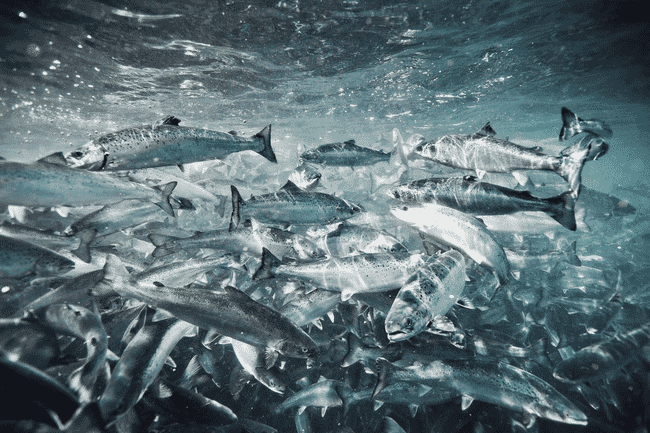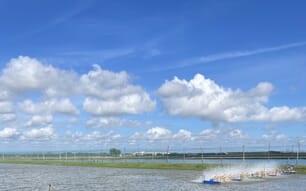
A long-term analysis conducted by Kontali predicts that the global salmon farming industry will increase by 27 percent by the end of the decade with Europe to lead much of this expansion, increasing its production by 25 percent.
However, this forecasted growth does not come without challenges. Regulatory limits, such as maximum allowable biomass and environmental regulations, pose the greatest hurdles to industry growth. For example, concerns over sea lice and fish health challenges within the Norwegian salmon farming industry may hamper the growth of the sector in this region.
In addition to these known challenges, the changing global climate brings with it new weather patterns and pathogens to coastal regions, presenting farmers with more obstacles to overcome if industry growth is to be realised.
“The projected 27 percent growth in global salmon production by 2030 marks a pivotal moment for the industry. Investments in fish health and land-based production are key drivers, but overcoming regulatory and environmental challenges will be crucial to realising this potential," said Filip Szczesny, Kontali senior financial analyst, in a press release.
Regional trends
In Norway, the industry is expected to recover from its recent struggles, with growth driven by enhanced fish health programmes and investments in submerged cage technology. For the rest of Europe, however, shorter production cycles and larger smolt are expected to be the primary drivers of growth, although Iceland in particular faces challenges relating to the protection of wild salmon stocks.
In Canada, land-based systems are growing in prevalence following regulatory changes which led to the closure of many net-pen farms. In the US there is also evidence of a transition towards land-based production, although ocean-based farming remains stable.
Political uncertainty remains one of the biggest challenges for aquaculture growth in Chile, although the sector’s approach to maximum productive capacity also poses increasing biosecurity risks that may present biosecurity risks in the near future.
Land-based developments
Land-based salmon production continues to gain momentum as an alternative to traditional farming methods with the development of new flow-through technology in Norway and increasing investment in land-based technology in North America and Asia. Considering these factors, Kontali predicts this sector will contribute the largest amount of growth to the industry by 2033.




